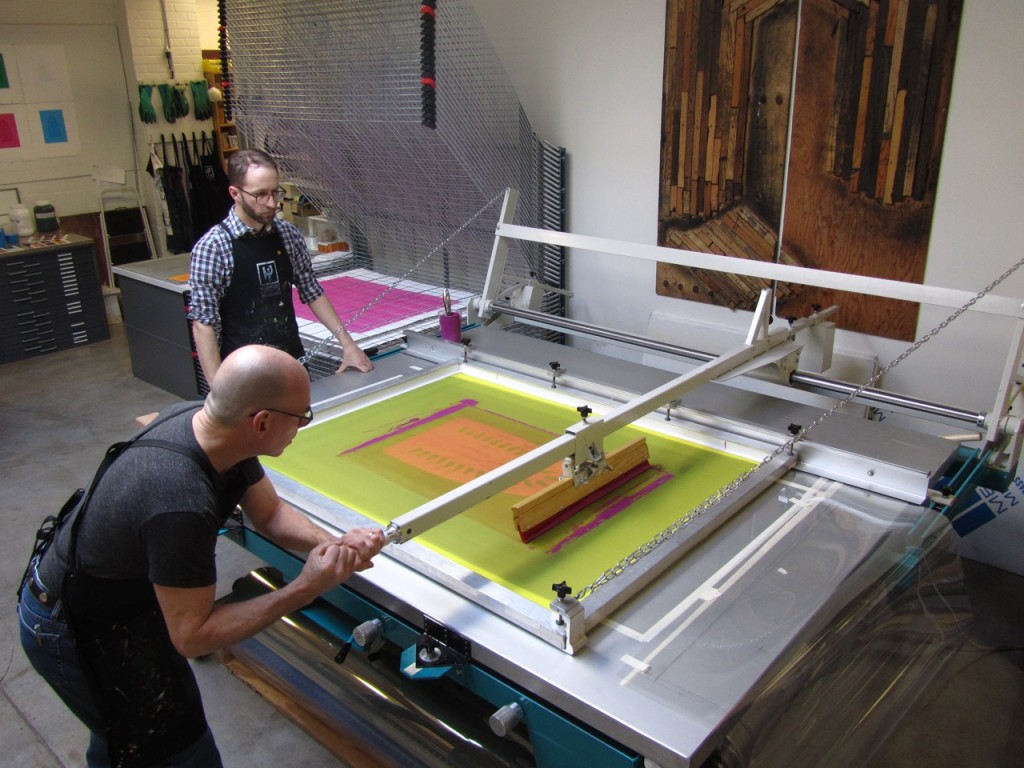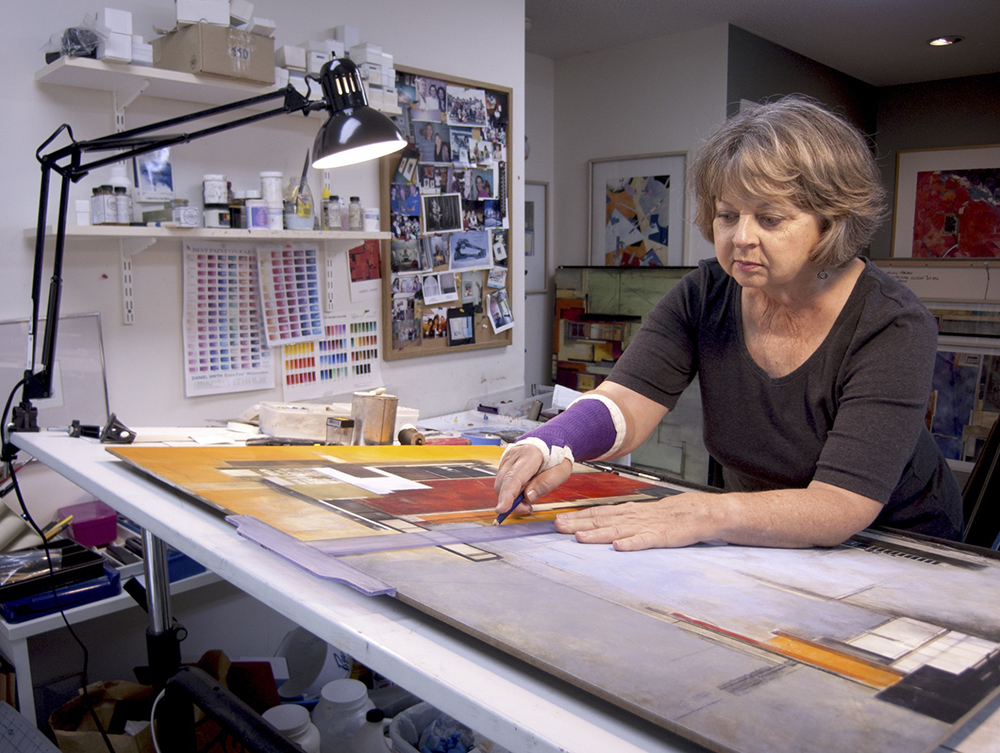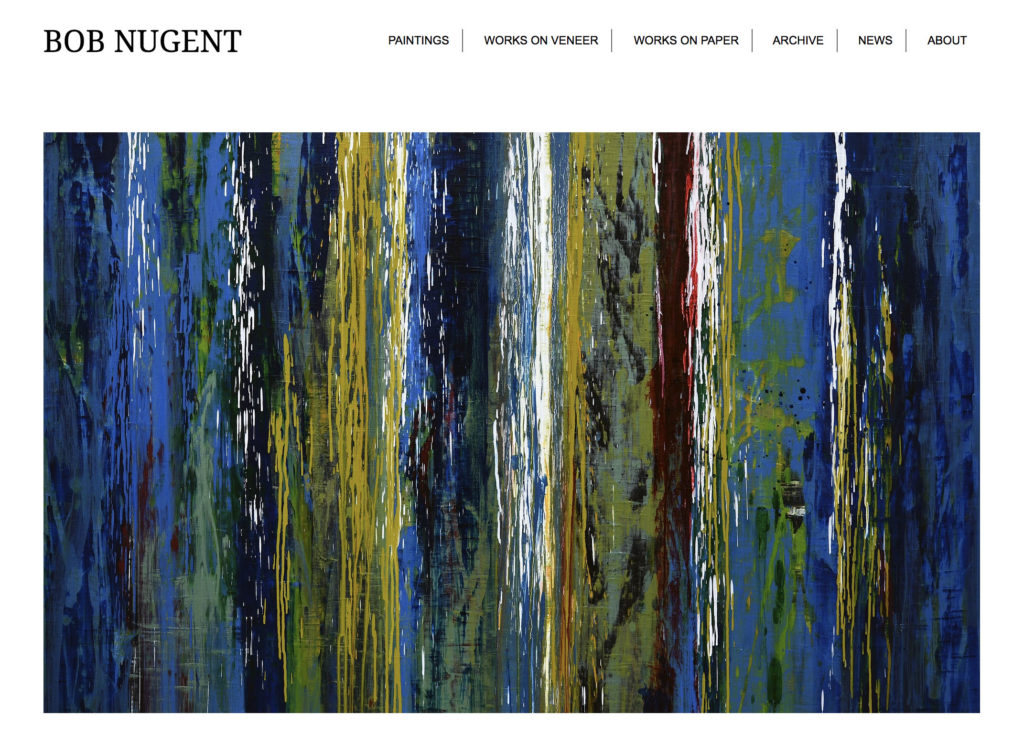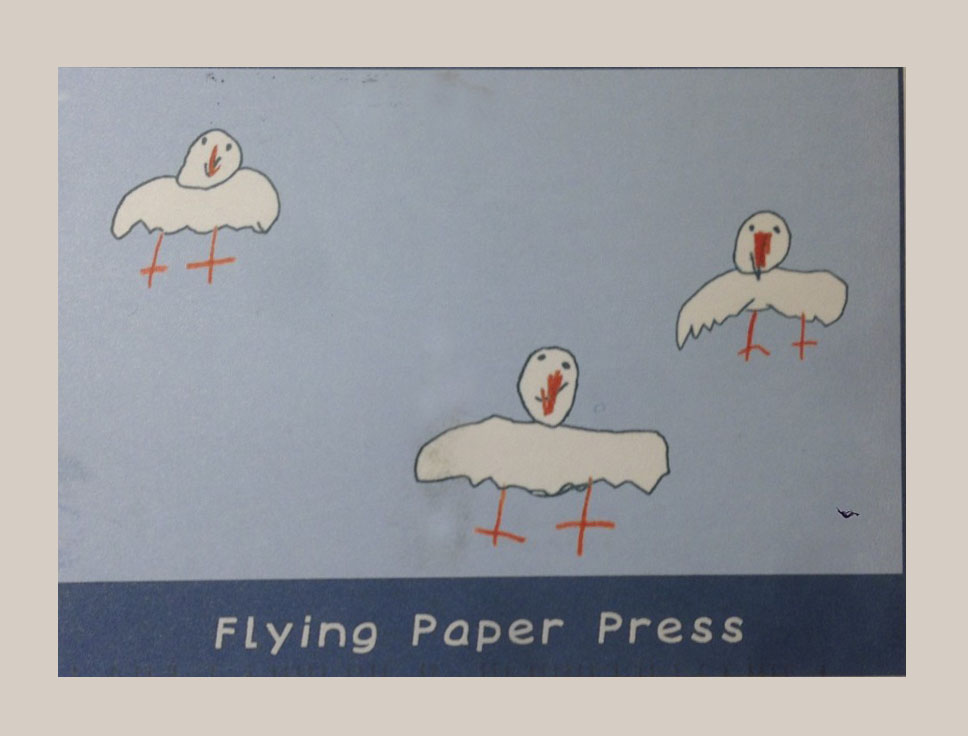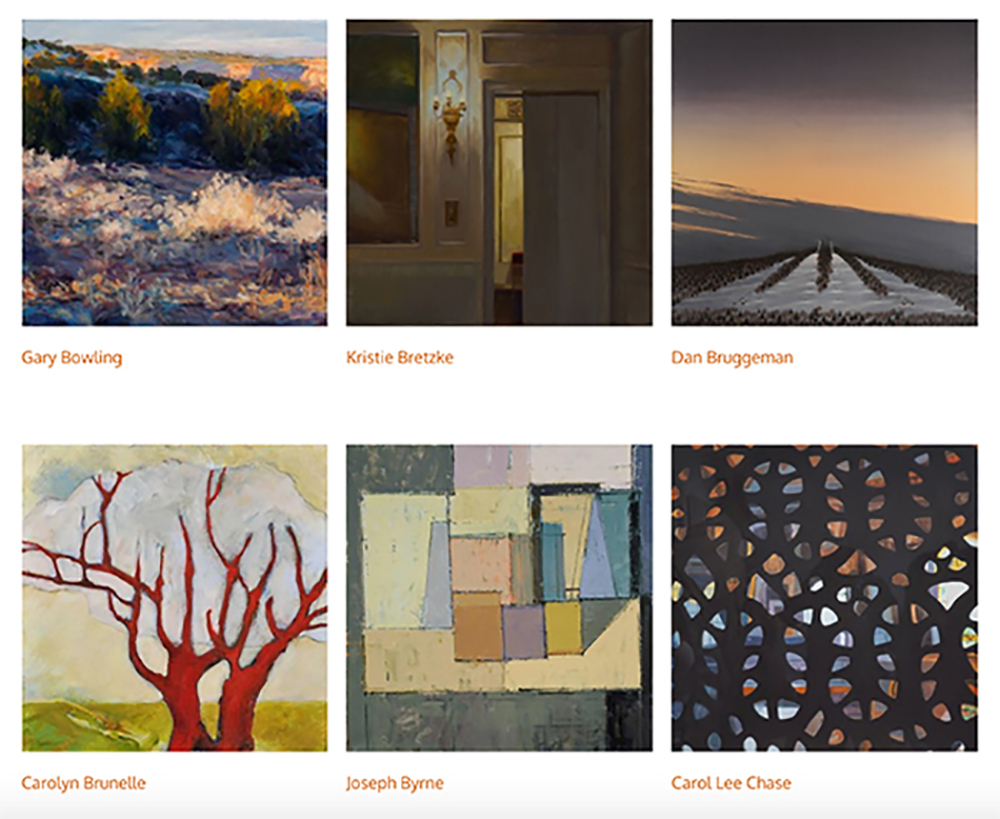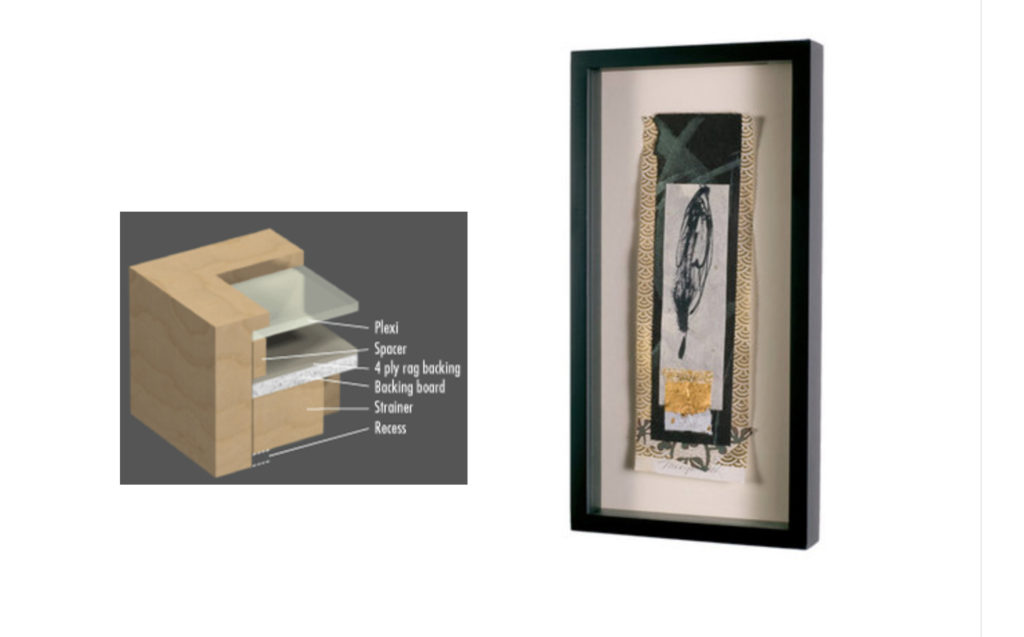Archive for December 2015
MARKETING – FINE ART PUBLISHERS
Master Printer Cole Rogers & Senior Printer Zac Adams-Bliss editioning Willie Cole’s large-scale screenprints, 2012. Image Courtesy of Highpoint Editions. The following was written by Jessica Kruckeberg, the Gallery Director, of Highpoint Center for Printmaking in a response to our request to give fine art students more information about how a fine art publisher works and…
Read MoreMARKETING – GALLERIES
The following was written by Sally Johnson, the director, and Nicole Watson, the gallery manager, of Groveland Gallery in a response to our request to give fine art students more information about how a gallery works and what the Groveland Gallery is looking for when they decide to represent an artist. The…
Read MoreStudio Business – Ginny Herzog
Studio business is a feature of Metropolitan’s blog that offers interviews with working artists. It is meant to show a diversity of views and share information about how to make a living as an artist and have a successful career in studio arts. This interview was conducted with Ginny Herzog. ARTIST STATEMENT Architecture has been…
Read MoreFRAMING PAINTINGS FOR EXHIBITION
Floater frames have become a popular way to frame contemporary paintings on canvas or cradled panels because their minimal look does detract from the paintings and they create a strong border to separate the paintings from the wall. Paintings should be recessed in the frame to provide protection when moving and installing exhibitions. Floating frames…
Read MoreFRAMING FINE ART PHOTOGRAPHS
The installation and presentation style are critical to having a successful show. Fine art framing for galleries has a limited vocabulary and the discerning eye can quickly determine if you have taken the time to present your work properly. This slideshow will give examples of gallery frame presentations for photography exhibits. PRESENTATION STYLES The first…
Read MoreFRAMING ART ON PAPER
The installation and presentation style are critical to having a successful show. Fine art framing has a limited vocabulary and the discerning eye can quickly determine if you have taken the time to present your work properly. This slideshow will give examples of professional presentations for fine art on paper. PRESENTATION STYLES The first decision…
Read MoreBUILDING A WEBSITE
For most artists a website is the number one tool for promoting their work. It acts as a catalog for collectors as well as an easy way for curators, gallerists, and art consultants to see your work. It allows you to post new work immediately. It a is a digital library that keeps you organized. It also…
Read MoreMARKETING – FUNDAMENTALS
Before you can start marketing your artwork you need to assemble information about your work. Artist statements, resumes, business cards, postcards, and mailing lists are all essential building blocks to building websites, visiting gallerists, and promoting exhibitions and open studio events. ARTIST STATEMENT An artist statement should tell the reader who you are and what…
Read MorePRICING YOUR ARTWORK
For many artists pricing is an emotional issue and they struggle to find a “fair” price. There are many aspects to consider when establishing your prices. Although you don’t have to price based on the competition or your costs, you do need to know who and what they are. Let’s start to demystify the process. SURVEY…
Read MoreFRAMING TERMINOLOGY
In order to be able to order exhibition frames for your exhibitions it is necessary to understand the terminology of the picture framing industry. The following will get you started on basic concepts. RABBET DEPTH Besides aesthetic considerations it is necessary to determine the depth of your artwork package to ensure that it is deep…
Read More